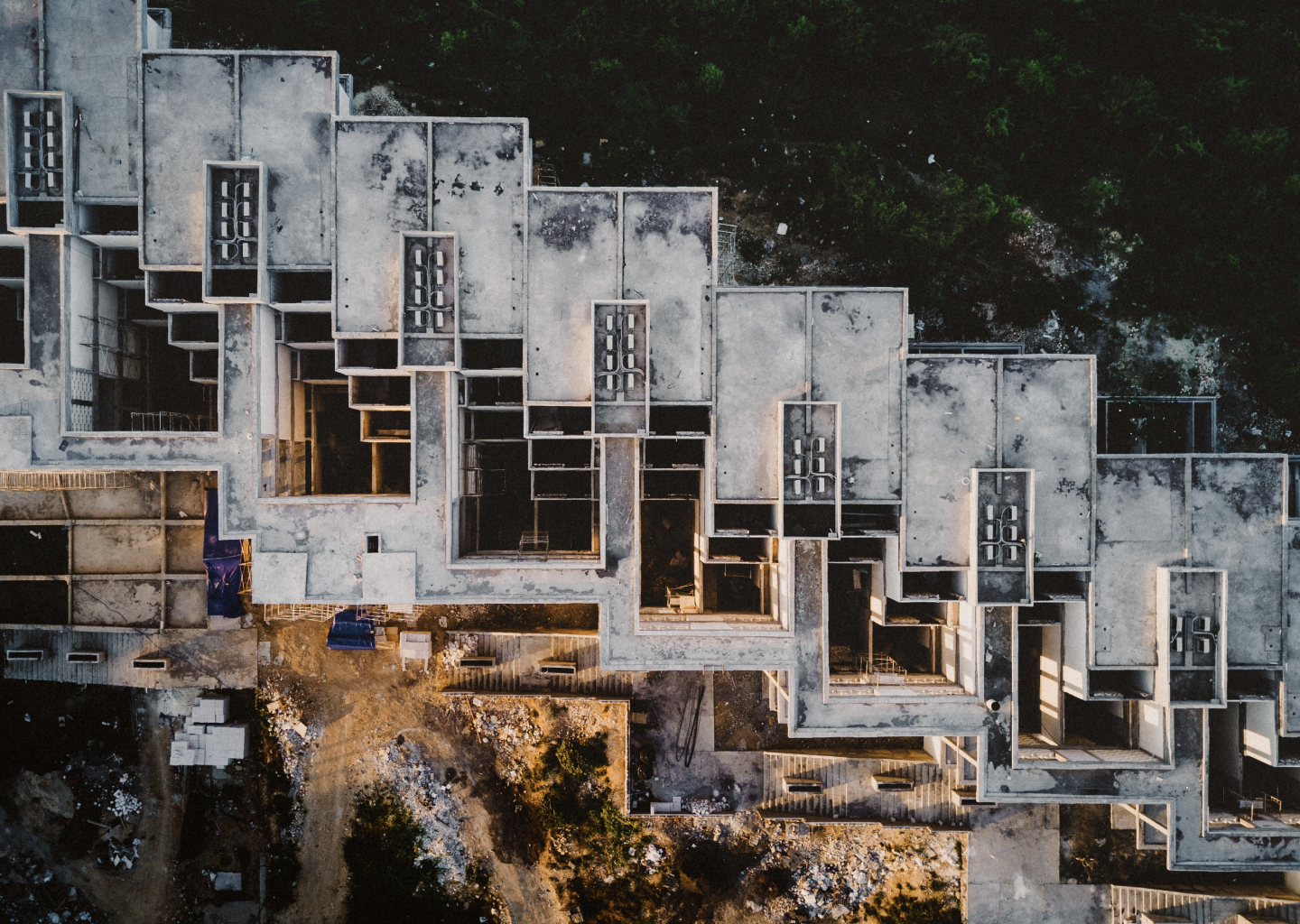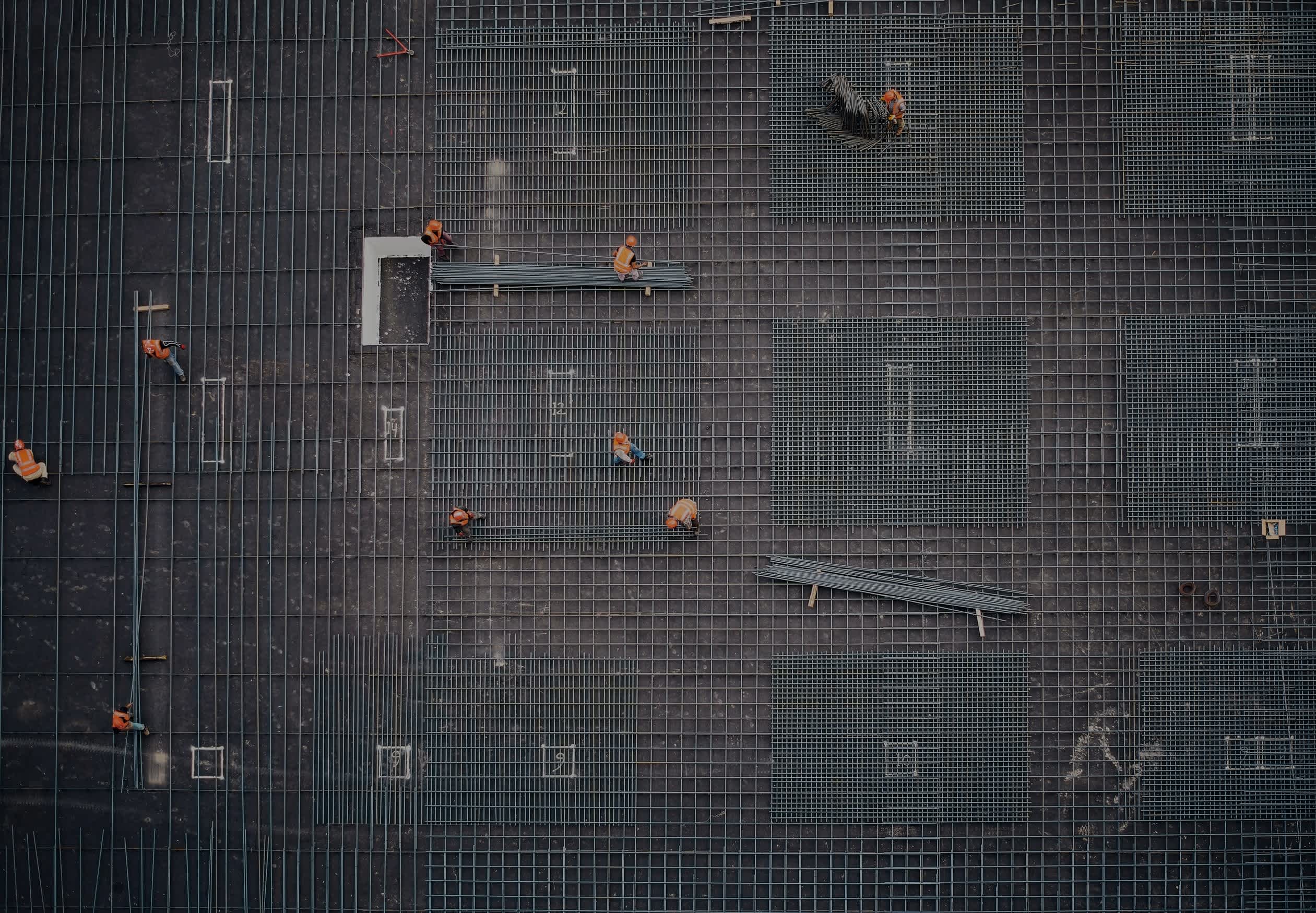Customer
Simularity Inc. is a San Francisco-based software company creating artificial intelligence technologies for satellite imagery analysis. Simularity’s mission is to create a future where we are able to react to the most important, sudden, and urgent changes and even predict them before they happen.
Challenge
One of Simularity's customers, an Australian property owner in Melbourne was in for a surprise when he found that the majority of structures on the land he lived on were illegally constructed by a previous owner over 20 years ago. It became the owner’s responsibility to either gain the correct permits for the structures or to knock them down. While Simularity had a powerful analytics algorithm, they were not able to easily connect it with large volumes of satellite imagery. This meant that they could not discover anomalies in order to shed light onto the Melbourne property dilemma or potential future residential areas.
Simularity were able to rapidly detect the demolition of the illegal construction on the property and additional anomalies that were previously unknown.

Easily accessing and analyzing high-quality satellite imagery of the property in Melbourne was difficult.
Solution
By using UP42, Simularity had fast and simple access to high-resolution satellite imagery.They selected and ran a data block using Airbus’ Pléiades satellite imagery — focusing on the Melbourne property’s neighborhood as the area of interest. Simularity’s aim was to detect recently changes to the property. This is why they set the date of analysis for AIADS to when any major changes occurred.
Result
We enabled Simularity to combine AIADS — their powerful anomaly detection algorithm — with high-resolution satellite imagery. As a result, Simularity was able to detect the demolition of illegal construction, which was one of the home owner’s options. Simularity also made additional discoveries that were previously unknown. Three major anomalies were detected from the same imagery — two trees were removed from a property, an additional roof was added to a house and a roof was changed on a house.
AIADS can now detect changes in residential properties such as anomalies caused by construction or demolition and the removal of trees. The algorithm is now used in order to provide a fast way to detect changes so that inspection can be carried out — within minutes of the satellite image being released. As a result, estimating and acting on the number of illegal constructions is now easier and quicker than ever before.
Using the anomaly detection algorithm on UP42 opens up new possibilities for city and regional municipal governments and related agencies and businesses to more rapidly detect important changes to their surrounding environments.
